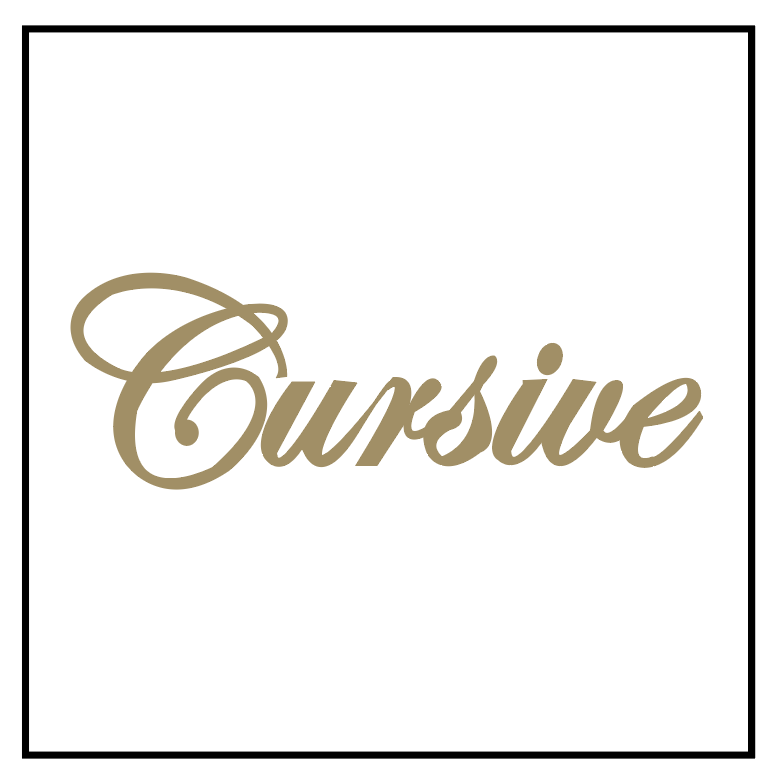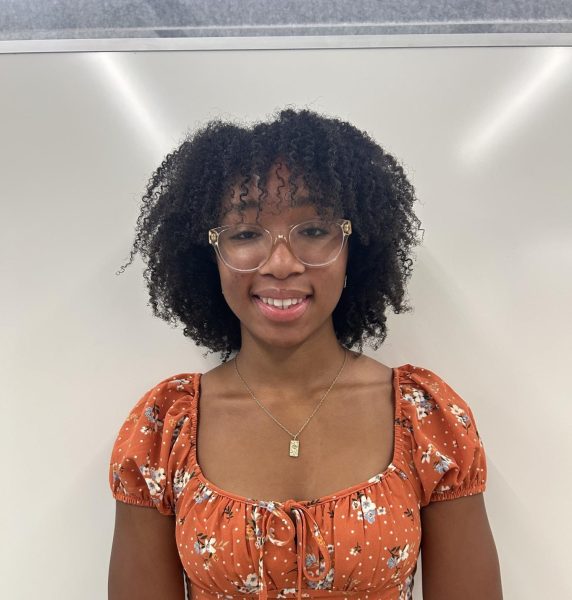Currently, schools and all places of work are filled with technology. That technology allows us to to not only communicate better or be more efficient, but also it allows us to expedite our responsibilities through typing instead of writing. With this ability, some question if there is any benefit to teaching cursive in schools.
As of now, there are 21 states that require cursive to be taught in public schools. Some argue that teaching cursive in schools still is beneficial for brain development, fine motor skills, and possibly learning disabilities, such as dyslexia, but others believe that it is an outdated practice that no longer has a place in current schooling.
There are many studies that show that learning cursive engages the brain on a deep level and improves retention and comprehension. Even though typing is more time-efficient, handwriting is much better for retaining information. At the very least, many advocate teaching students how to sign their names in cursive as it is a basic skill.
However, in a world that heavily relies on technology, where does cursive have its place? School curriculums are already packed. Some believe that there may be space for it in art classes, as cursive is similar to calligraphy. Additionally, teachers have shared that before we worry about children being able to read and write cursive, we should focus on students simply being able to write. Furthermore, it is argued that cursive, even signatures, will soon be completely useless as digital signatures exist and few people still write in cursive regularly.
The continuous flow of cursive can make decoding letters much easier for students with dyslexia. It also makes it easier for a dyslexic student to remember the shapes of letters and improve hand-eye coordination, which is typically challenging.
Cursive is a skill that is becoming less and less relevant for its application in the real world, but it is a skill that encompasses many topics, allowing students to become better at writing, and information retention, and it can help students with dyslexia.




